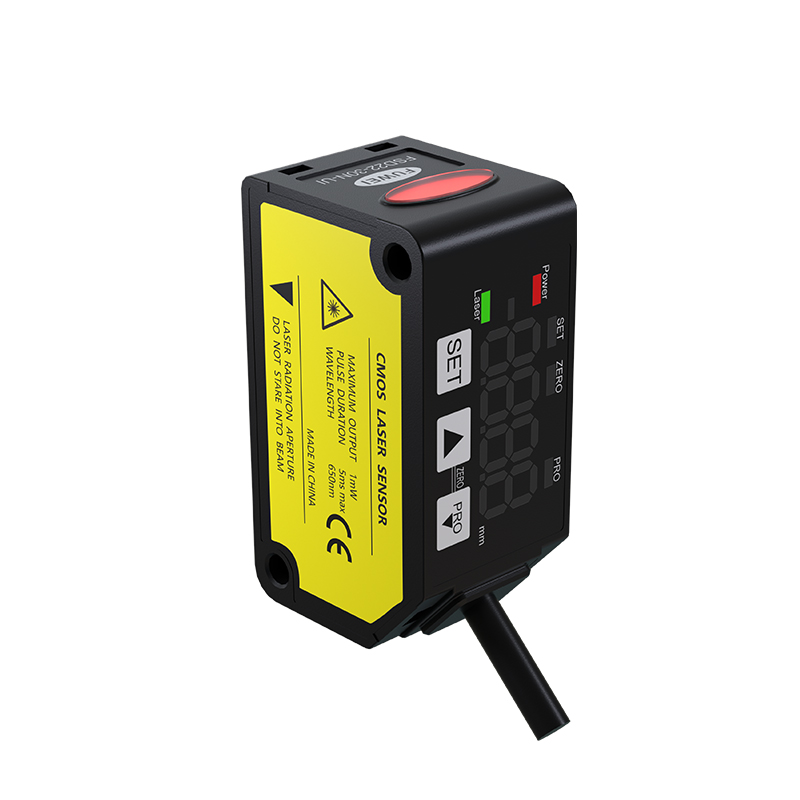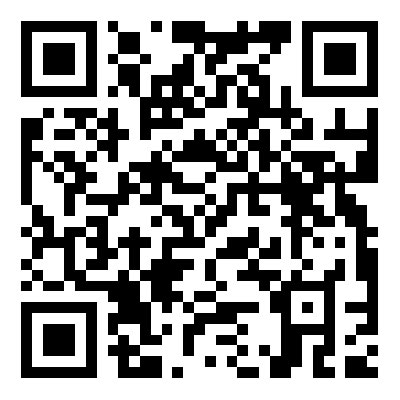Choosing the Right Laser Displacement Sensor: Factors to Consider for Precision Measurement
2024-05-06
In the realm of precision measurement, selecting the right Laser Displacement Sensor is crucial to achieving accurate and reliable results. With a myriad of models available on the market, each offering unique features and capabilities, it's essential to consider several factors to ensure that the sensor meets the specific requirements of your measurement task. In this blog, we'll explore the key factors to consider when selecting a Laser Displacement Sensor and the features that differentiate various models available on the market.
1. Measurement Range and Accuracy:
One of the primary considerations when choosing a Laser Displacement Sensor is the required measurement range and accuracy. Different sensors offer varying ranges, from micrometers to meters, and accuracy levels, ranging from sub-micron to millimeter-scale precision. Consider the size and type of objects you need to measure and choose a sensor with a range and accuracy that aligns with your specific application requirements.
2. Resolution and Repeatability:
Resolution refers to the smallest incremental change in displacement that the sensor can detect, while repeatability refers to the sensor's ability to produce consistent measurements under repeatable conditions. Higher resolution and repeatability are essential for applications that demand precise measurement, such as dimensional analysis and quality control. Look for sensors with fine resolution and low repeatability error to ensure accurate and reliable results.
3. Speed and Response Time:
The speed and response time of a Laser Displacement Sensor are critical factors, especially in dynamic measurement applications or high-speed production environments. Consider the sensor's response time, which dictates how quickly it can capture and process measurements, as well as its sampling rate, which determines the frequency at which measurements are taken. Choose a sensor with fast response times and high sampling rates for real-time monitoring and control applications.
4. Environmental Conditions:
When selecting a Laser Displacement Sensor, it's essential to consider the environmental conditions in which the sensor will be used. Factors such as temperature, humidity, dust, and vibration can affect sensor performance and longevity. Look for sensors with robust construction and environmental protection ratings, such as IP65 or IP67, to ensure reliable operation in harsh or challenging environments.
5. Output Interface and Compatibility:
Laser Displacement Sensors may offer various output interfaces, including analog voltage or current, digital pulse, or serial communication protocols such as RS-232 or Ethernet. Consider the compatibility of the sensor's output interface with your data acquisition system or control platform. Additionally, ensure that the sensor is compatible with any software or programming languages you plan to use for data analysis and integration.
6. Specialized Features and Functionality:
Depending on your specific measurement task, you may require specialized features or functionality from the Laser Displacement Sensor. Some sensors offer additional capabilities such as:
- Multi-axis measurement for capturing displacement in multiple directions
- High-speed scanning for 3D surface profiling or contour mapping
- Built-in temperature compensation to maintain accuracy in varying temperature conditions
- Automatic gain control (AGC) or dynamic range adjustment for optimizing performance in different surface conditions
Consider these additional features and functionalities based on the unique requirements of your application.
Conclusion:
In conclusion, selecting the right Laser Displacement Sensor requires careful consideration of factors such as measurement range and accuracy, resolution and repeatability, speed and response time, environmental conditions, output interface and compatibility, as well as specialized features and functionality. By evaluating these factors and choosing a sensor that aligns with your specific application requirements, you can ensure accurate and reliable measurement results, driving efficiency, quality, and innovation in your operations.



